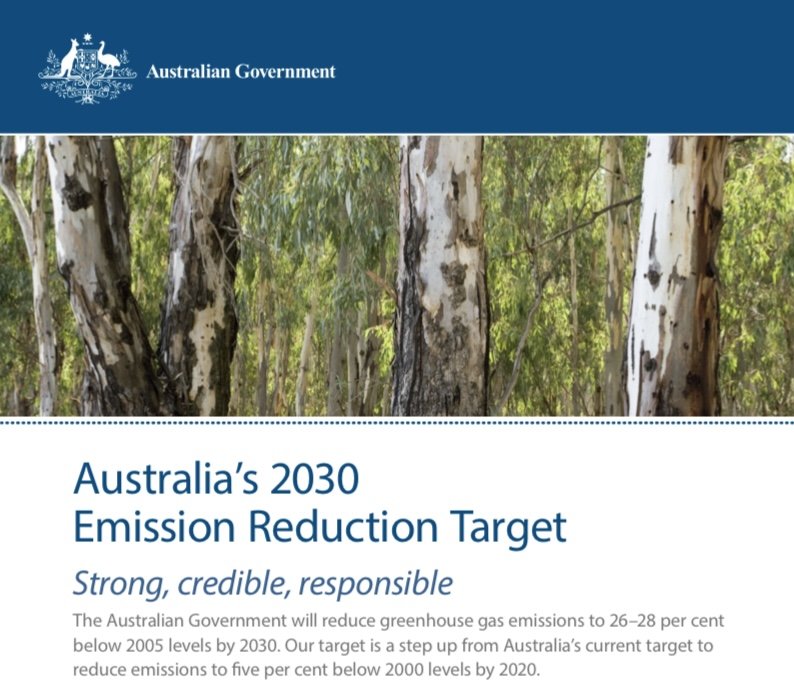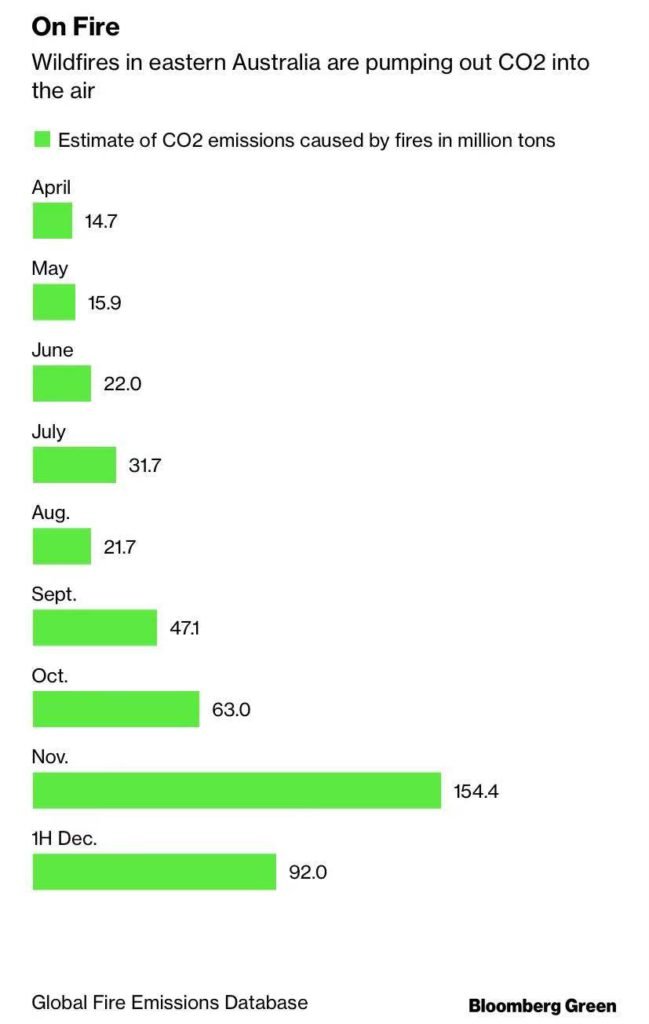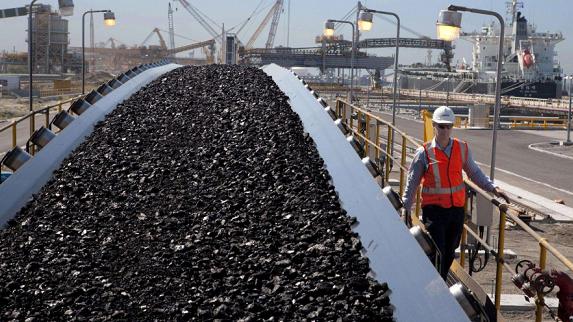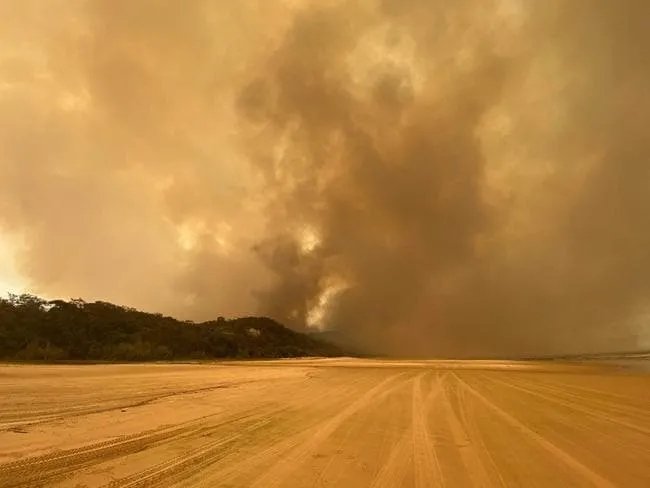According to Australian media reports, Morrison was not invited to speak at the Climate Ambition Summit. In response, Selwin Hart, climate adviser to UN Secretary-General Antonio Guterres, explained: “Speech seats at the summit will only be given to countries that have shown the greatest ambition to reduce emissions at present.” That is, national leaders who announce zero emissions, provide funds for developing countries, or formulate “ambitous” plans and policies. Hart said that Australia did not have an invitation because it did not meet the conditions to speak at the summit.
But before that, Morrison just boasted that he would go to the United Nations on behalf of the Australian government to “dispel misunderstandings”, but did not expect to “smack in the face” so quickly. On December 10, Morrison admitted that he was not invited to speak, but he still said “hardly“: “Don’t bother or worry about sending or not speaking.” In order to show that he was not neglected, Morrison also publicly said in an interview: “There are many countries that have not spoken, and I mean, New Zealand has not spoken.”
Regarding Morrison’s failure to be invited to speak at the summit, former Australian Prime Minister Kevin Rudd commented that it showed that Australia has become an “outstanding international outcast” in climate change action, and Australia’s record in climate change action is so bad.

It is reported that Australia has promised to reduce emissions by 26% to 28% by 2030, returning to 2005 levels. After the news came out, countries such as the United Kingdom thought it was very “lack of determination”. At present, even Australia seems unable to achieve this goal. Last month, the Australian federal government released a new report predicting that Australia will only achieve 16% emission reductions by 2030.
In the face of “unambitious” Australia, Britain, France, Chile, Italy and the United Nations sent a joint letter to Morrison in October, asking him to make “ambitious commitments” at the summit. At the same time, they also sounded the alarm bell to Morrison in a joint letter: I hope that countries “have a greener and more bullet” Sex, the road to sustainable development”. At that time, an Australian government spokesman said that he had received the letter and was considering a response.
Frequent natural disasters Australia’s “inexhaustible” fires
In recent years, Australia has been prone to natural disasters. From September 2019 to early 2020, a four-month burning mountain forest fire occurred in Australia, covering an area of more than 24 million hectares, destroying more than 3,000 houses, killing 34 people, and losing habitat for nearly 3 billion animals. Land. In the face of such a severe situation, Australian Prime Minister Morrison did not rush to put out the fire, but went to Hawaii for a holiday. This made the Australian people “stand up” and shout “Morrison step down”.
In October this year, another fire broke out on Fraser Island, Australia. The fire has not yet been controlled. The World Heritage Site is at risk of disappearing. Successive fires not only consumed a lot of human and material resources, but also destroyed the habitats of Australian animals, causing them a devastating blow.

In addition, the carbon dioxide emitted by long-out fires has also had a negative impact on the global climate. According to the British Meteorological Agency, the global atmospheric carbon dioxide concentration in 2020 will reach one of the highest values since the Monaroa Observatory in Hawaii began to observe in 1958, and Australian forest fires are one of the causes. According to the data analysis of NASA Goddard Space Center, from October 2019 to January 2020, the carbon dioxide emissions from the Australian fires reached 370 million tons, accounting for two-thirds of Australia’s total carbon dioxide emissions in 2019.

Experts predict that continuous fires will release a large amount of carbon dioxide, which will aggravate the problem of climate warming, and global warming is bound to increase the frequency of fires, which will create a vicious circle.
In fact, Australia, as an industrialized country, should have taken on more emission reduction tasks, but in fact, the country has been negative on climate change. Since taking office, Australian current Prime Minister Morrison has always advocated “economic prosperity first”. He has long been committed to promoting the development, production and export of coal and oil and gas, and has long abandoned the legislative work of the country’s emission reduction targets. On the one hand, he developed the economy, and on the other hand, environmental protection. Obviously, Morrison chose to sacrifice the environment to develop the economy.

According to the BBC, Australia’s population accounts for only about 0.3% of the world’s total population, but its carbon dioxide emissions reach 1.3% of the world’s total, making it one of the highest per capita carbon dioxide emissions in the world. In response, polls show that the majority of Australians regard climate change as a serious threat and hope that the government will take stronger action.
Global warming and climate crisis have hit the board, and Australia is “strusing” in terms of the environment and is controversial. It seems that Morrison still has a long way to go on his way to correct Australia’s name.



